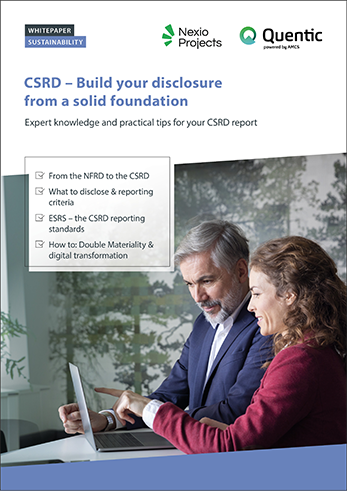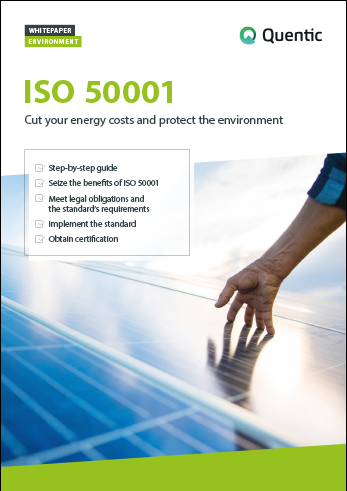9 minutes12/1/2023
The European Parliament voted to reject a resolution to limit the European Sustainability Reporting Standards (ESRS) on October 18, 2023. This resolution followed the European Commission's publication of its delegated act for ESRS on July 31, 2023. Europe is set to implement its Corporate Sustainability Reporting Directive (CSRD) for roughly 50,000 companies to prepare annual reports based on the ESRS for their activities in 2024. These companies not only include those headquartered in Europe but also the Europe-based subsidiaries of international companies that pass a certain size.
The ESRS E1 standard for climate change, one of the five ESRS environmental standards, could have a global impact as well. Its requirement of Scope 3 greenhouse gas (GHG) emissions reporting includes 15 categories of upstream and downstream emissions sources, including global supply chain emissions. For most companies, over 80 percent of their emissions come from Scope 3 sources.
Delve into the specifics of what ESRS E1 requirements entail, learn how to comply with relevant requests from ESRS E1-1 to ESRS E1-9, understand what general disclosures are linked to ESRS E1, and explore how this standard set relates to well-known voluntary reporting standards such as TCFD, GRI, or ISO 50001. Click through the directory to access the different areas:
General disclosures linked to ESRS E1






